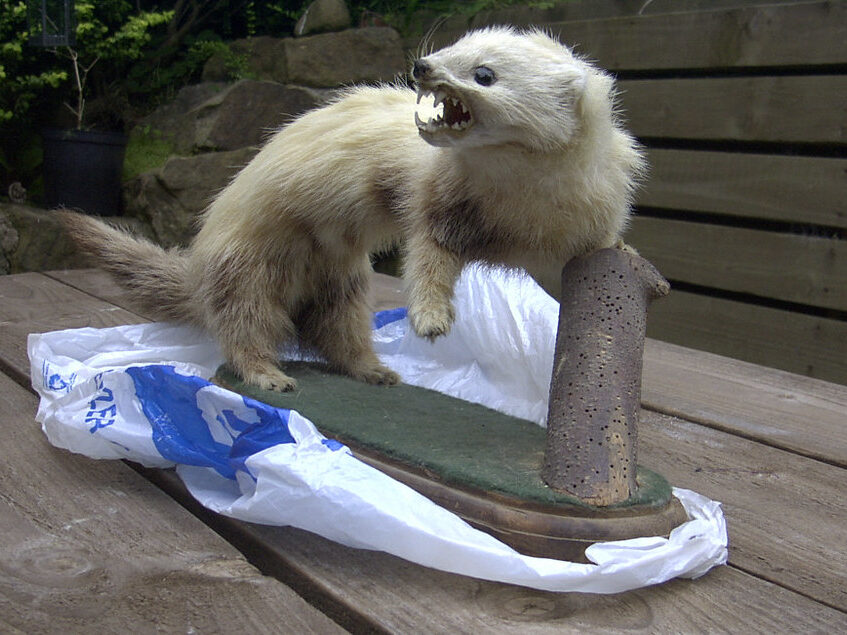
Are you ready to take on a pet that requires a bit more TLC? Some animals demand extra care, attention, and resources to live. From exotic fish with delicate ecosystems to loving parrots needing constant care, these pets can be challenging and captivating. Here are the top 15 highest-maintenance pets you need to know about before bringing them home.
Parrots
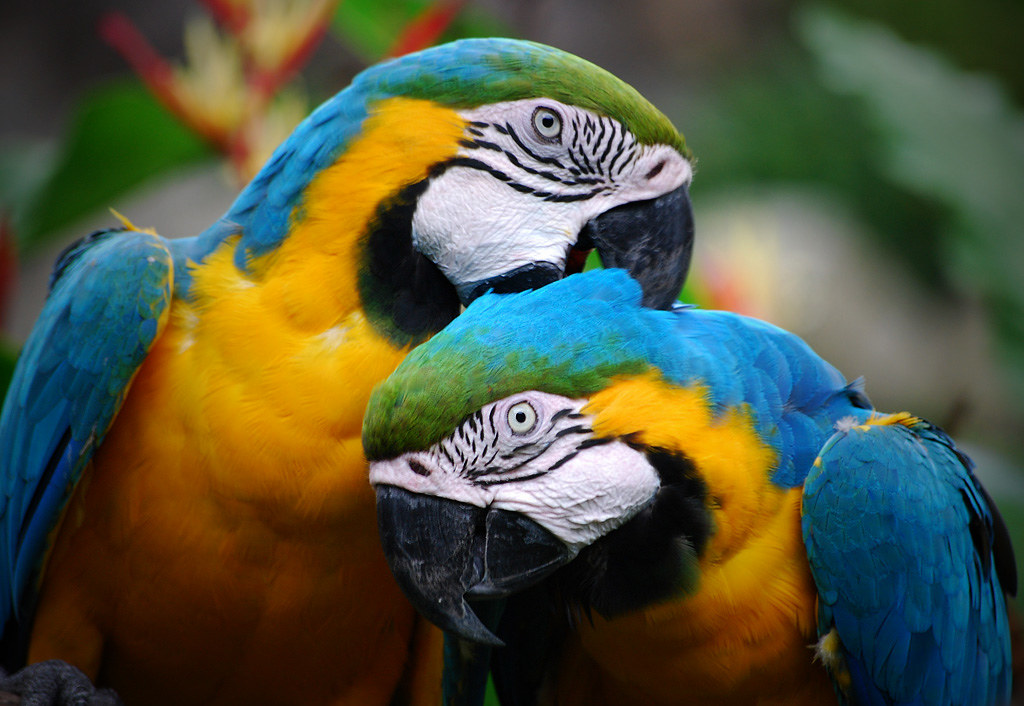
Parrots are super social and smart, but owning one is a lot more than just giving them a cage and food. These birds need lots of mental stimulation and social time to keep them happy. Without it, they can get bored and even start plucking their feathers. Plus, if you’re thinking of getting a parrot, be ready for the noise—those loud squawks can get pretty overwhelming if you’re not prepared!
Horses
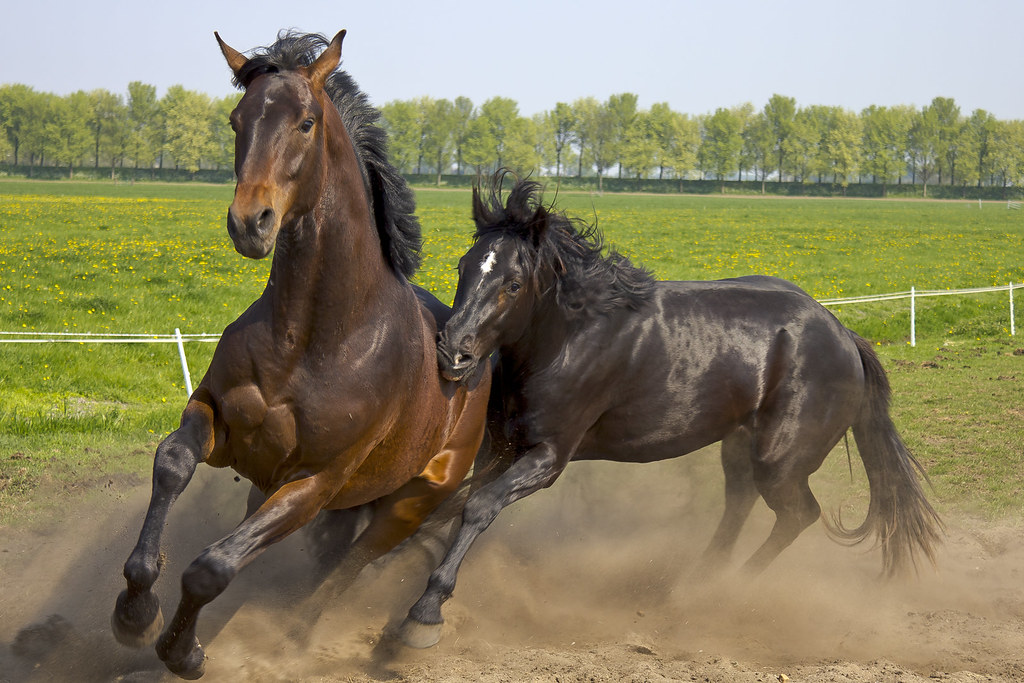
Horses are stunning animals, but they don’t come cheap. They need big stables, tons of space to roam, and regular care to stay healthy. Without enough room, taking care of a horse can quickly turn into a full-time job. Their hooves need trimming, and they need daily grooming to keep their coats in good shape. On top of that, vet bills can add up, especially since horses can develop joint issues as they get older.
Exotic Fish
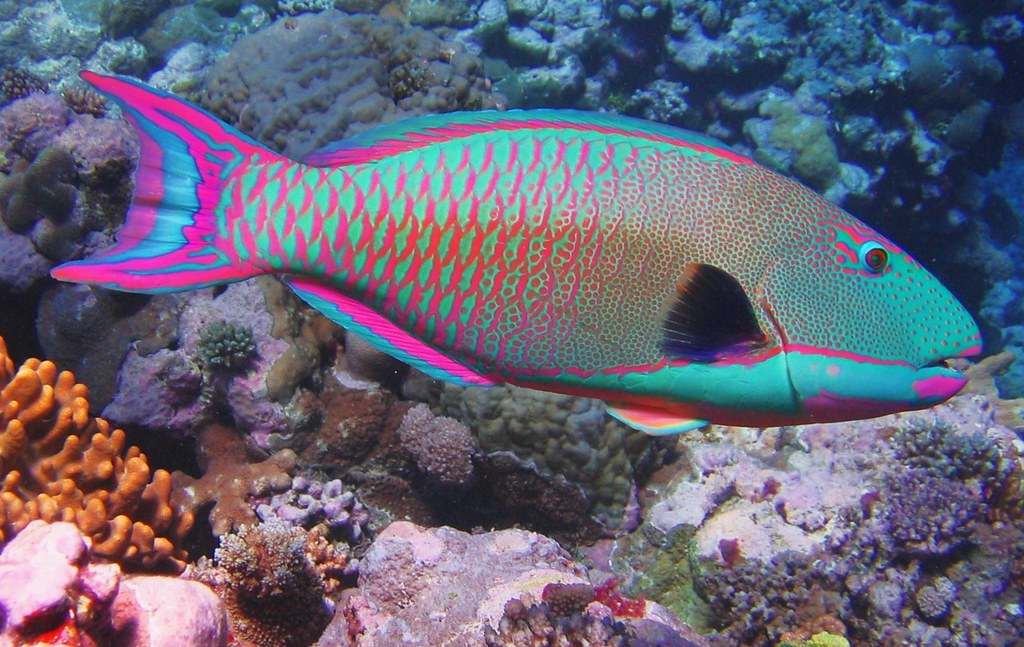
Exotic fish are famous for their bright colors and patterns, but taking care of them goes way beyond just filling up a tank. Some, like saltwater fish, need super specific setups—think precise water temperature, salinity, and filtration systems. Even a small change in water conditions can lead to serious health problems. You’ll need to be on top of things to catch any issues before they turn into big problems.
Turtles
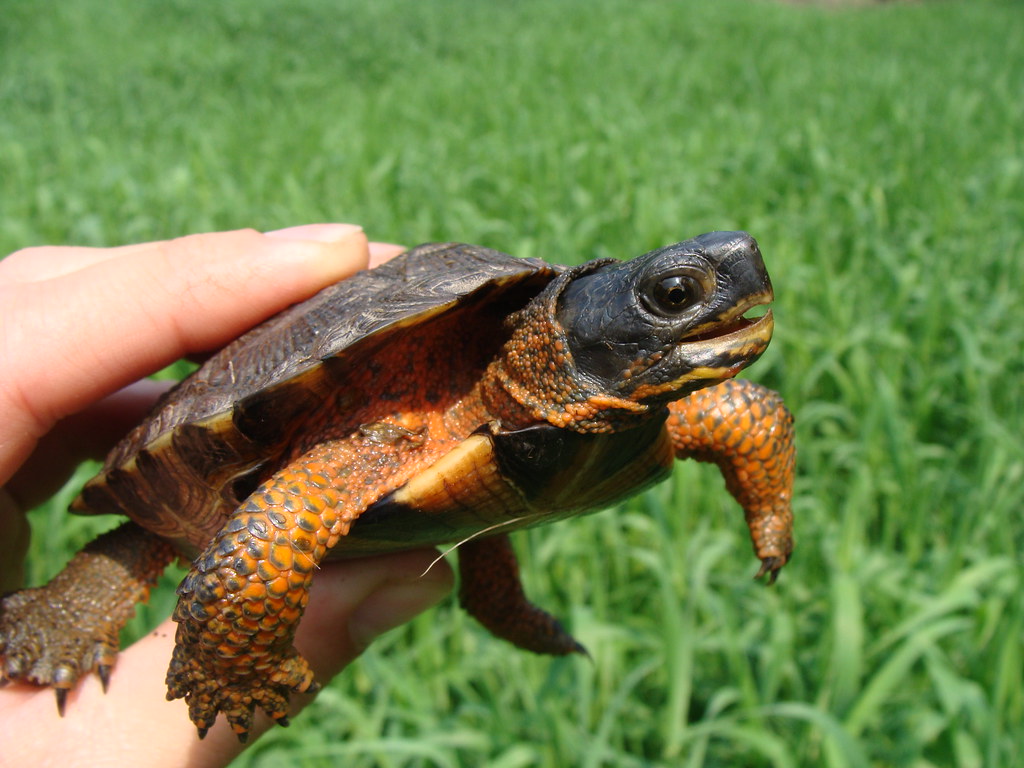
Turtles, especially aquatic ones, need way more than just a tank of water. They need both land and water spaces to bask, and the lighting should be UVB to keep them healthy. Turtles are slow eaters and can be pretty picky about their food. Plus, keeping their tank clean is a constant job, and it can get pretty messy (the tank smells bad if it’s not cleaned regularly).
Snakes
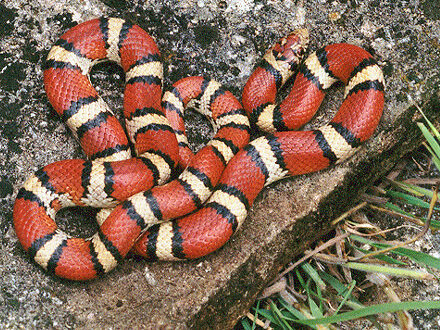
Snakes might seem like low-maintenance pets, but their setup needs to be just right. You’ll have to carefully control things like temperature, humidity, and even the substrate (the material at the bottom of their enclosure). Larger snakes, in particular, need whole prey like mice or rats—definitely not everyone’s idea of a meal for a pet.
Rabbits
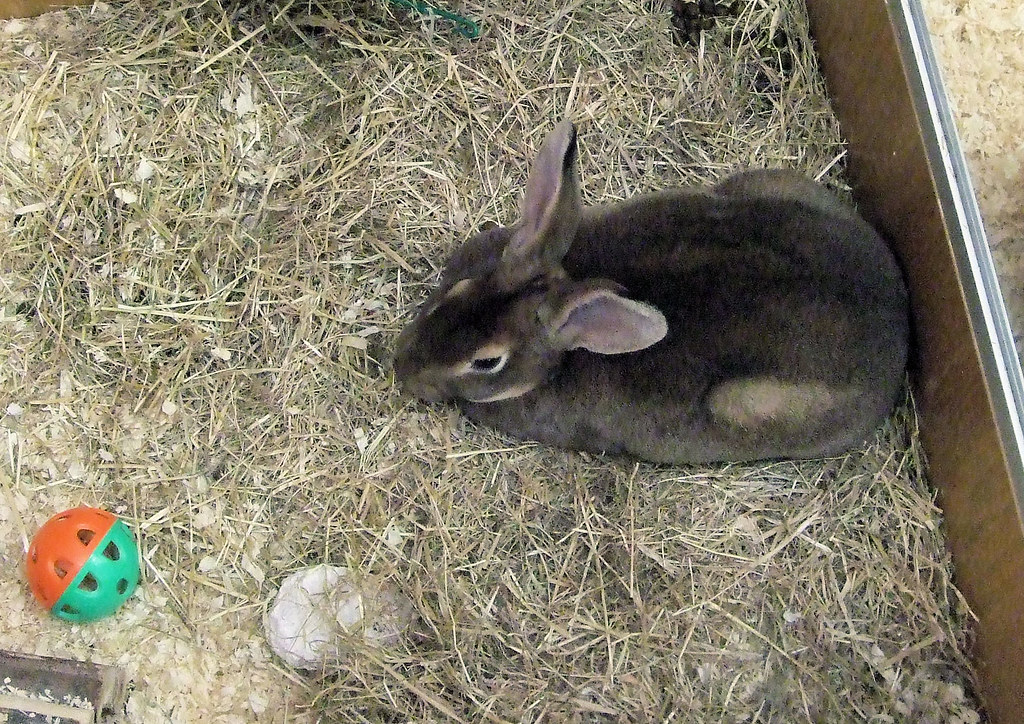
Rabbits are super cute and gentle, but they need a lot of attention. Their digestive system is pretty delicate, so they need a high-fiber diet with fresh hay and veggies every day. Rabbits are natural chewers and need lots of space to hop around and stay active. If they don’t get enough exercise, they can become pretty destructive.
Cats (Persian and other long-haired breeds)
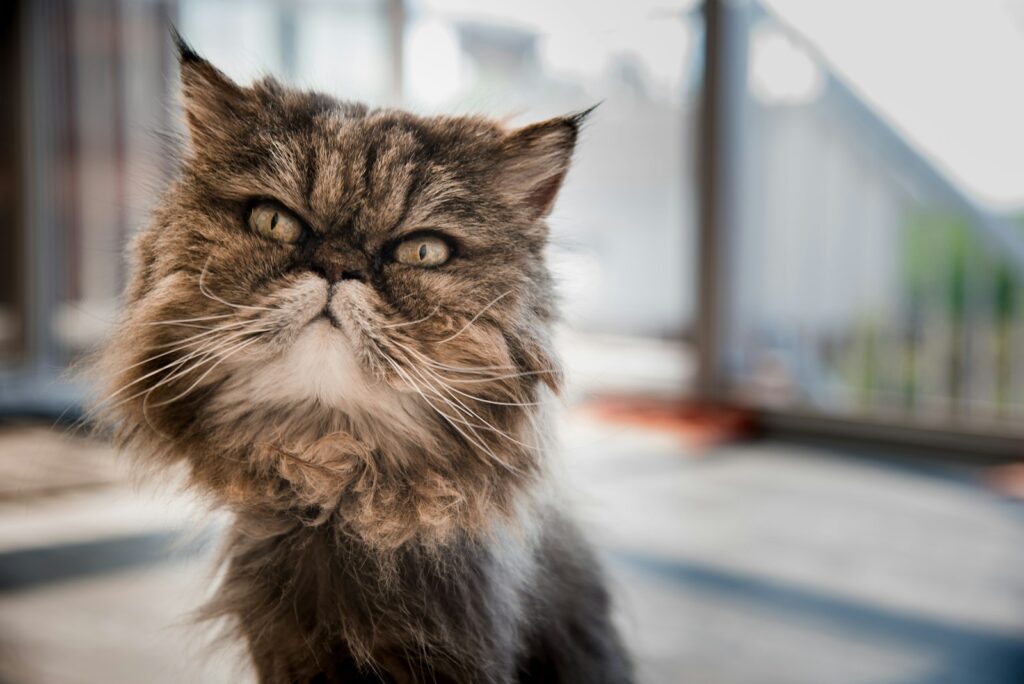
While most cats are low-maintenance, breeds like Persians and Maine Coons need regular grooming. Their long fur can easily mat, so brushing them several times a week is a must. Some long-haired cats are also prone to urinary tract infections, which means more frequent vet visits. On top of that, these cats love attention and affection, often wanting to be pampered and held more than other cats.
Chameleons
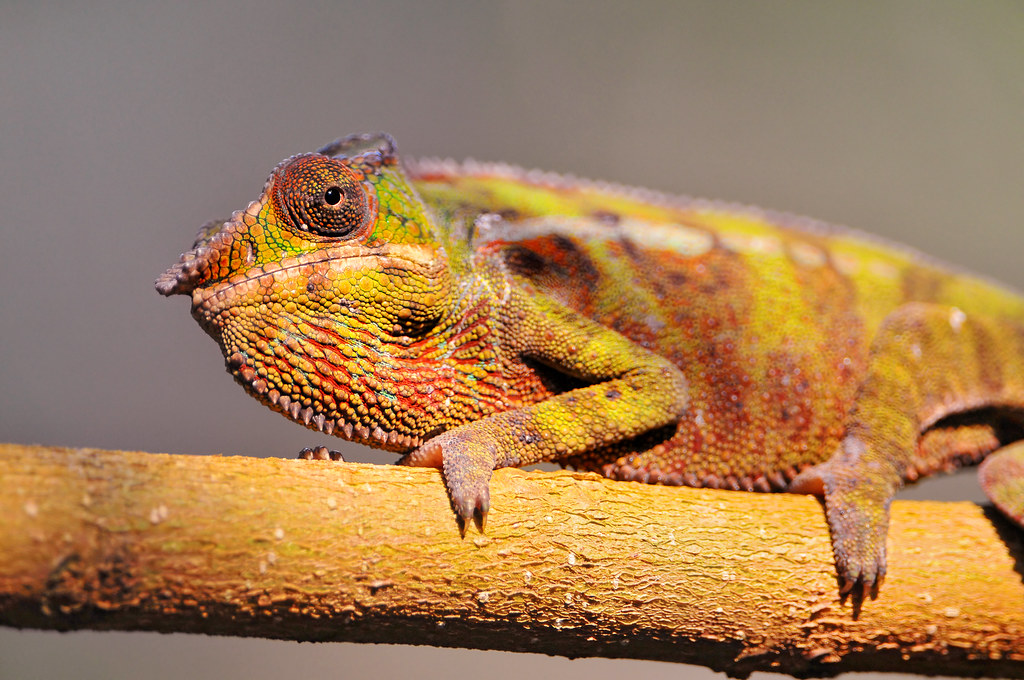
Chameleons need a special enclosure with exact conditions—humidity, temperature, and lighting all have to be just right. These solitary creatures can get stressed out by handling, and they eat live insects like crickets or worms. Interestingly, they can change color depending on their mood or surroundings, but if their environment isn’t ideal, they can easily become sick.
Sugar Gliders

Sugar gliders are tiny, nocturnal bundles of energy, but they require a lot of attention. They need a spacious cage with many branches and toys to climb and jump on. Since they’re social animals, it’s a good idea to keep more than one so they don’t get lonely. Their diet has to be carefully balanced with fruits, veggies, and protein, and they can easily become obese if overfed.
Alpacas

Alpacas come with their own set of maintenance needs. Their thick, soft wool needs to be sheared once a year, and they also require regular hoof trimming. Unlike many other farm animals, alpacas are social creatures and need companionship to stay happy, so they shouldn’t be kept alone. They also need a spacious, well-fenced area to graze and roam.
Great Danes
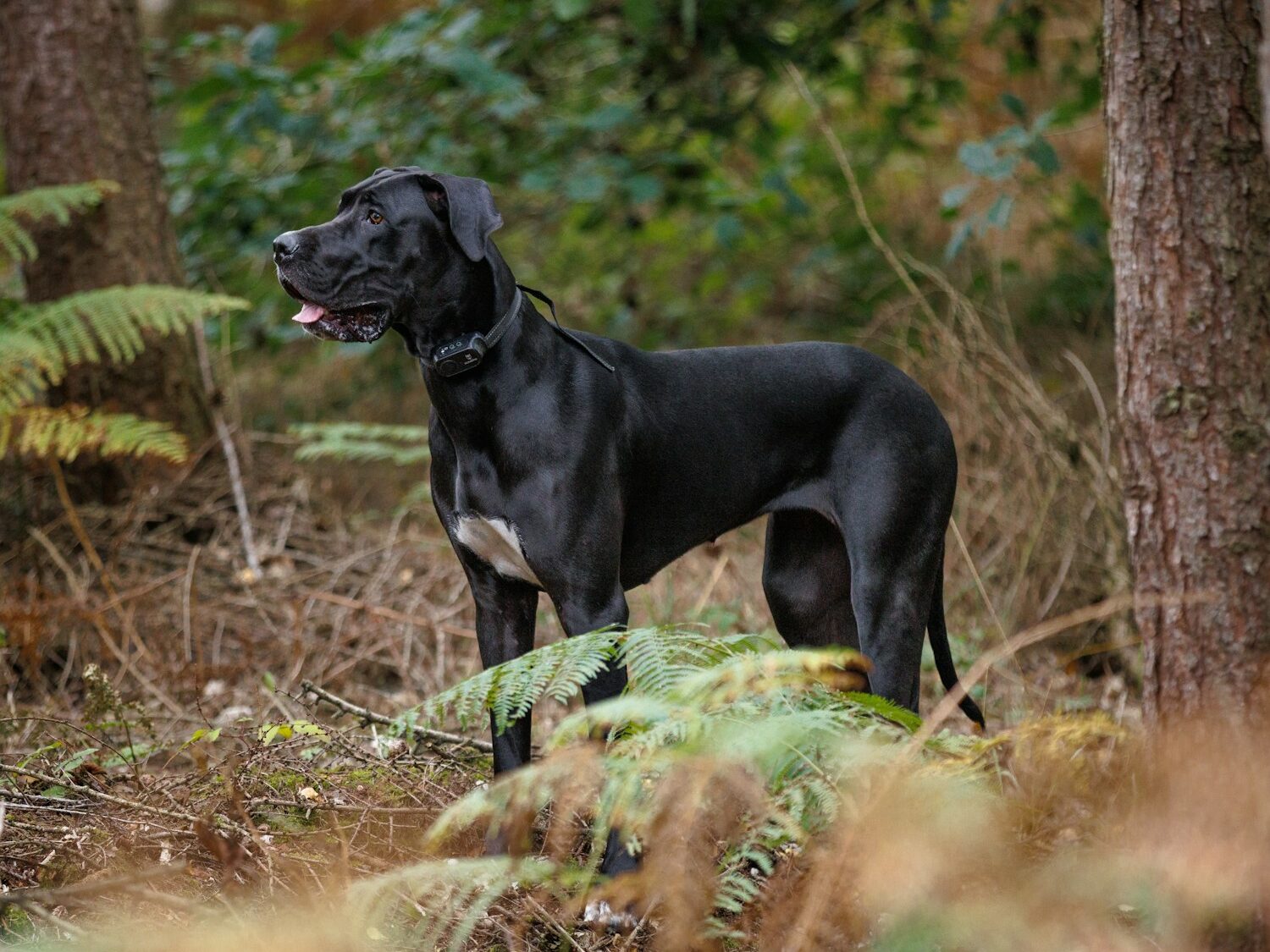
Great Danes are gentle dogs, but their size comes with a lot of extra work. They need plenty of space to move around and daily exercise to stay healthy. Because of their large frame, they’re prone to health problems like hip dysplasia and heart troubles, so regular vet check-ups are a must. Their big size also means they eat a lot and tend to drool, so cleaning around their mouth is something you’ll have to do often.
Guinea Pigs
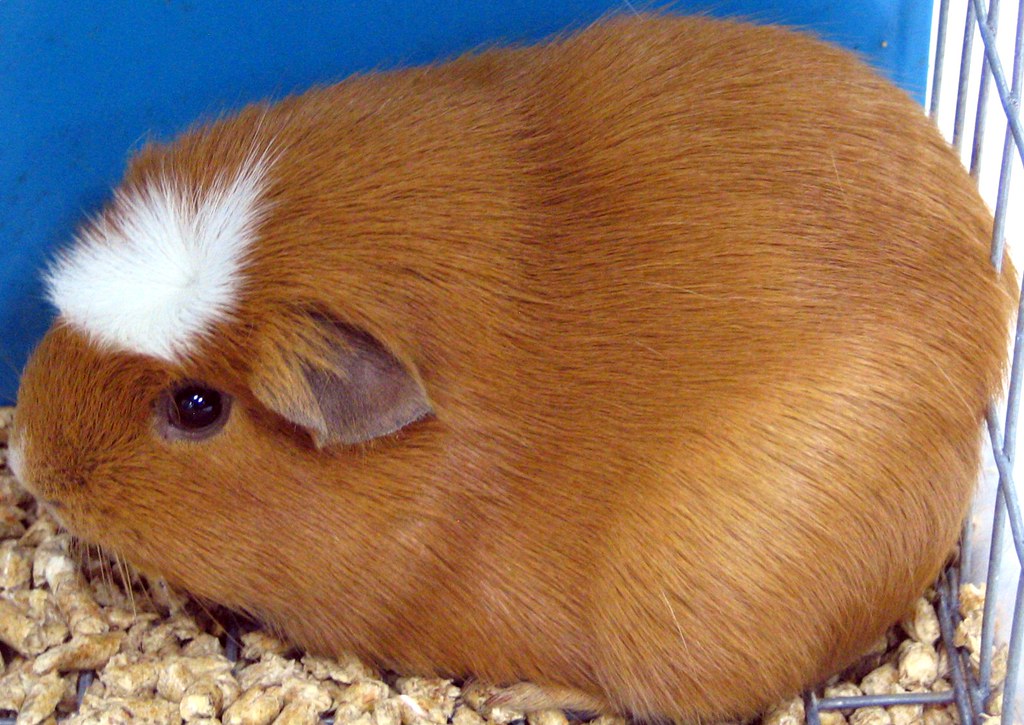
Guinea pigs are super sweet and love company, but they do require some special care. These little guys do best in groups, so getting more than one is a good idea. You must clean their cage regularly to avoid bad smells and bacteria buildup, and they need a diet rich in fresh hay and veggies. If they don’t get enough vitamin C, they’re prone to scurvy, so you’ll need to supplement their diet with food or drops.
Macaws
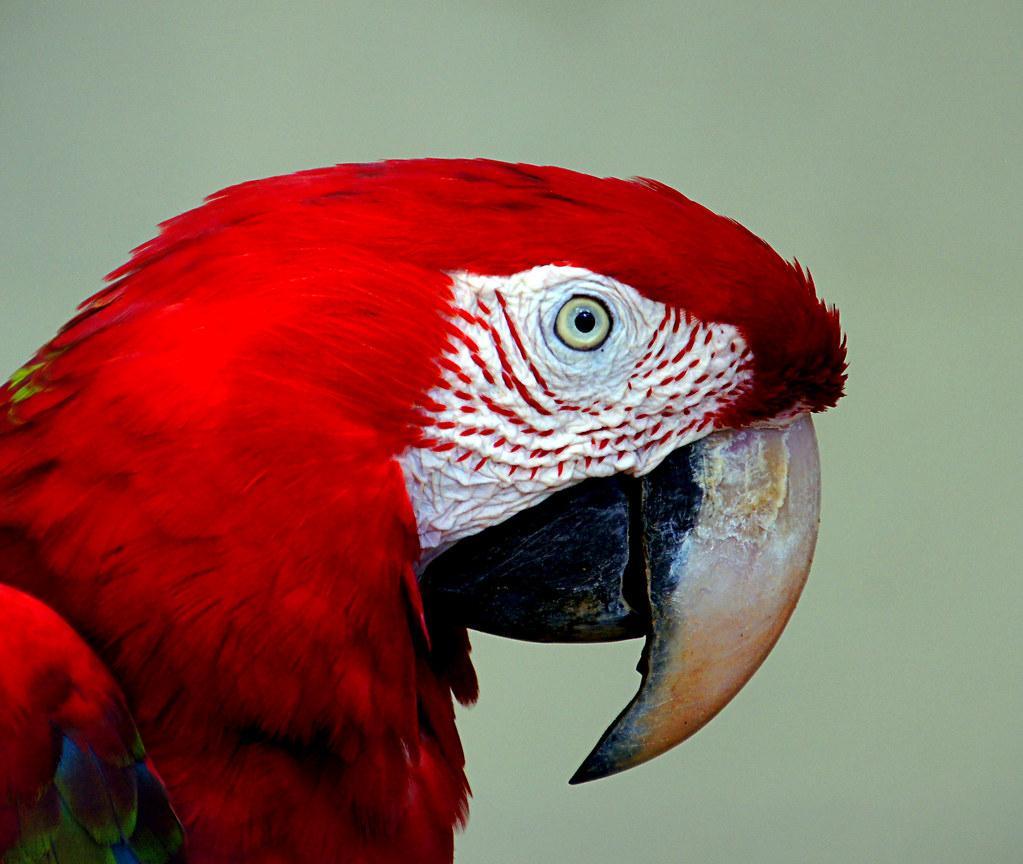
Macaws are absolutely stunning, but they’re definitely not low-maintenance. These large, intelligent parrots need lots of space to fly around, a high-protein diet, and daily mental stimulation to stay happy. They can form deep bonds with their pet parents and crave attention, so leaving them alone for too long can lead to some behavioral issues like feather plucking.
Ferrets

Ferrets are playful and curious, but they need constant supervision. Their small size means they can get into all sorts of trouble if they’re not in a secure environment, so you’ll need to keep a close eye on them. Ferrets require a high-protein diet and regular exercise to stay healthy. On top of that, they have a musky odor that some might find unpleasant, though regular cleaning can help keep it in check.
Sphynx Cats
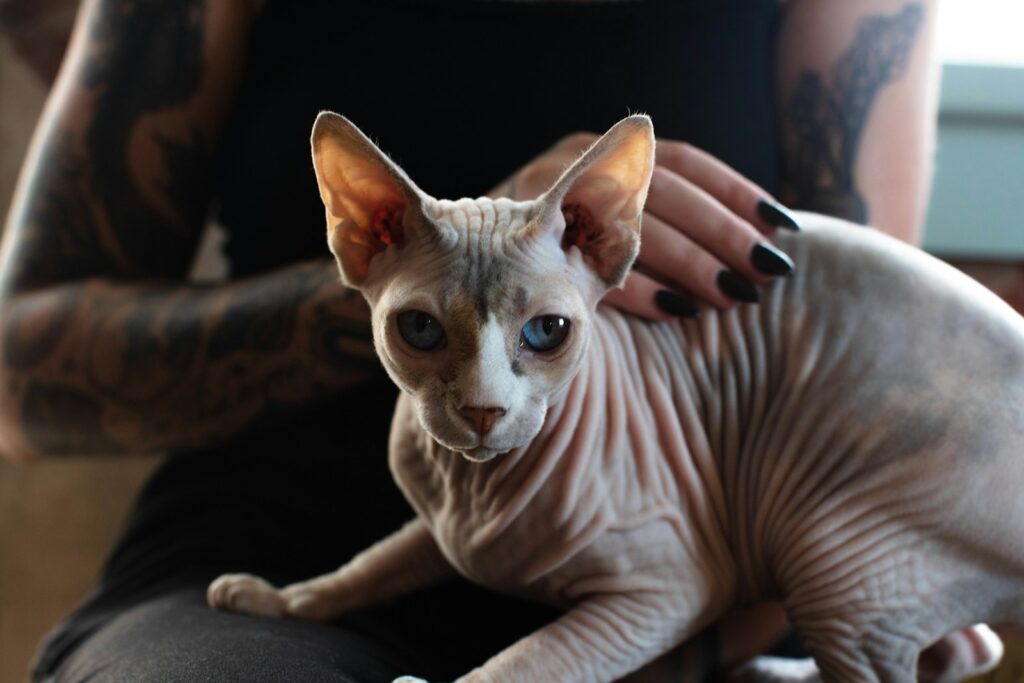
Since they don’t have fur, Sphynx cats need regular baths to remove the oils that would normally be absorbed by their coat. Their skin is also prone to sunburn, so they need to be kept out of direct sunlight for long periods. These cats are super affectionate and love attention, often bonding closely with their owners, which makes them sweet—but demanding—pets.
